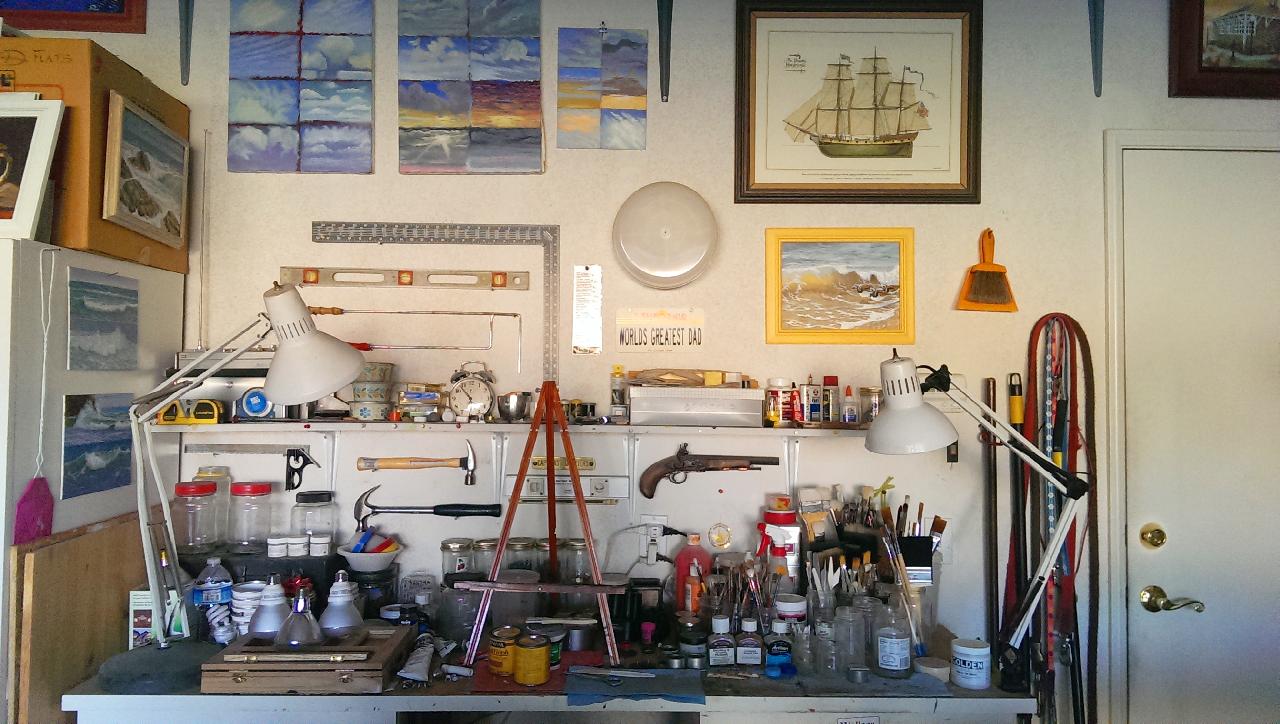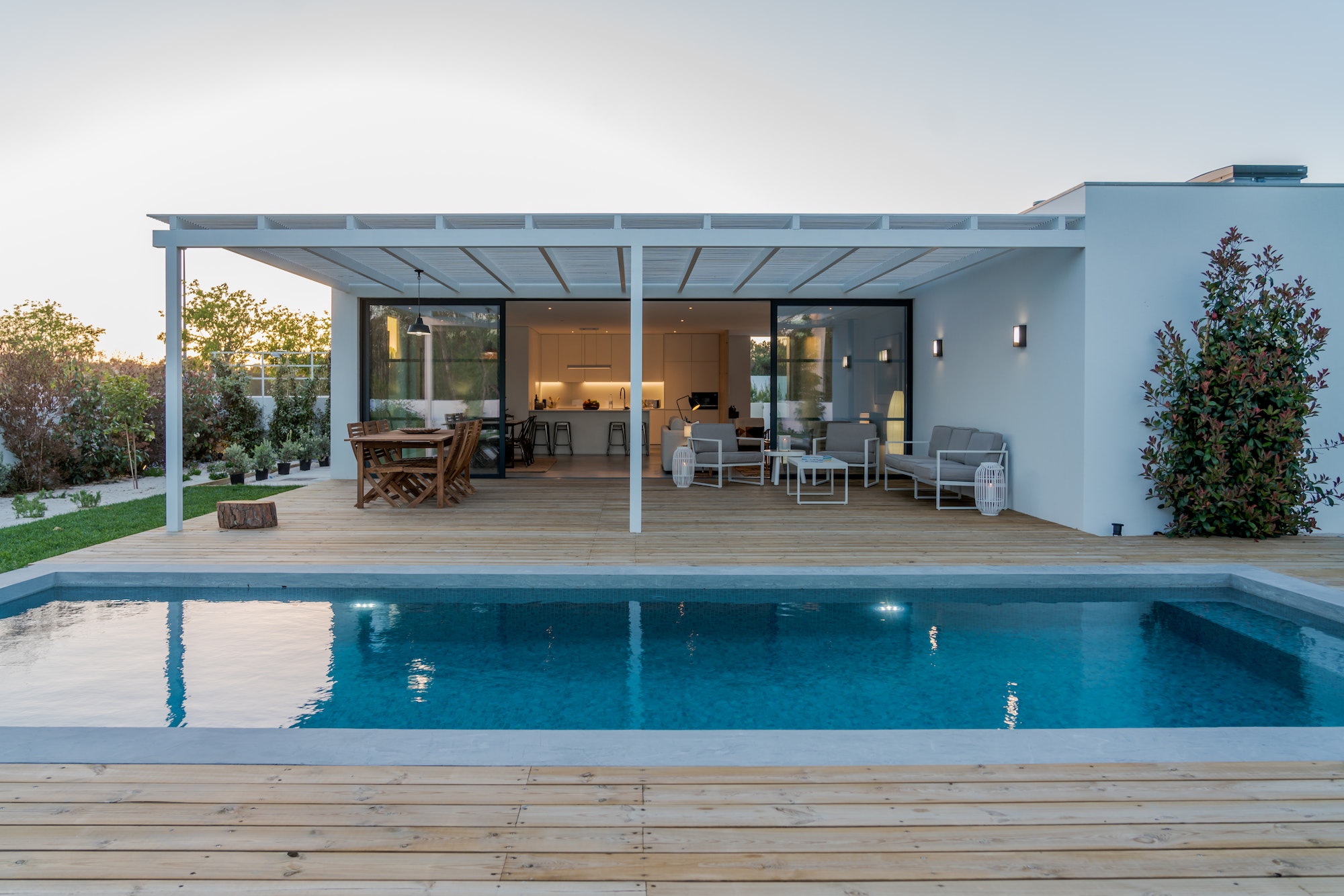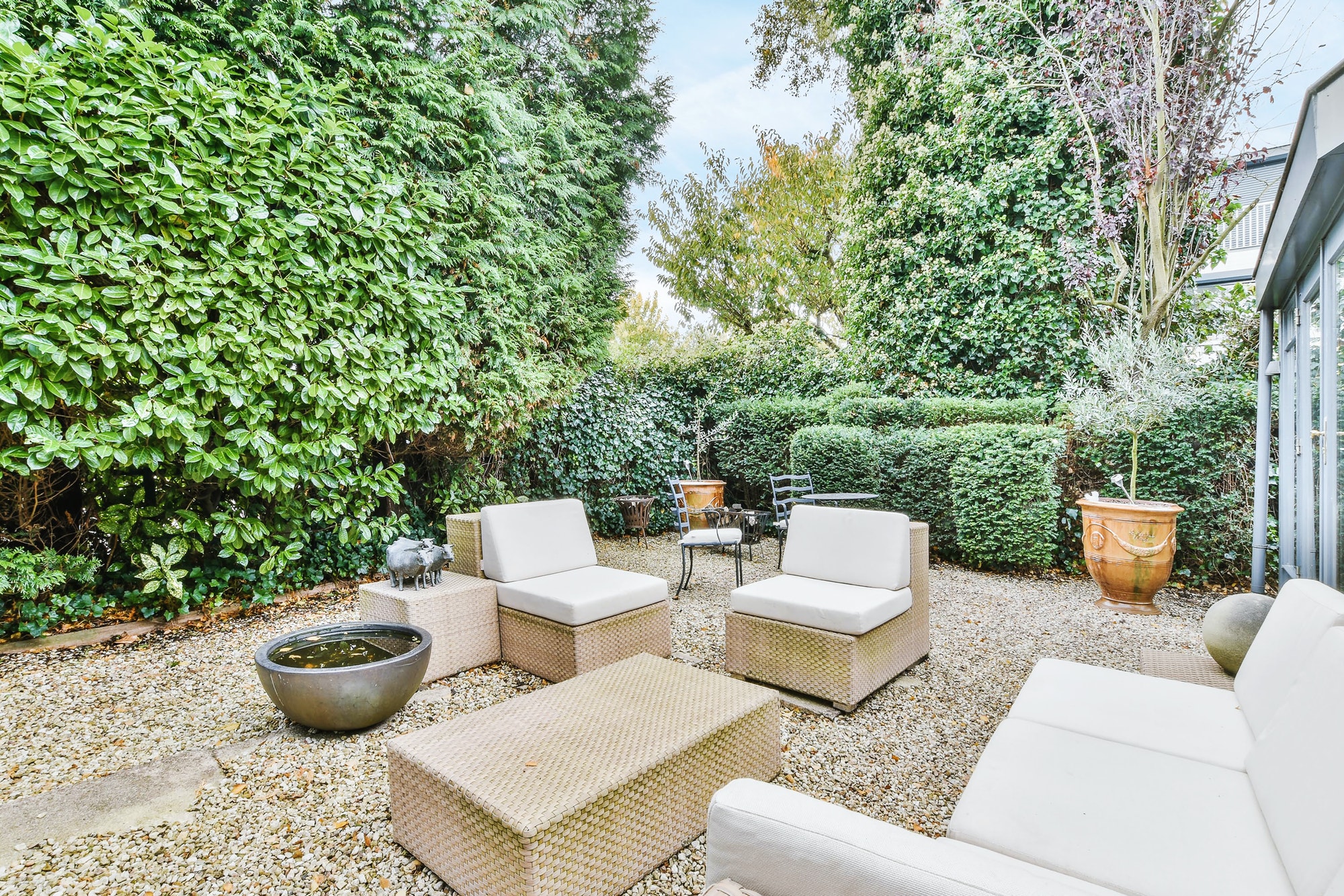Imagine your backyard as a canvas, waiting for the brushstrokes of creativity to transform it into a masterpiece. But, just like a painter can make mistakes, so can a homeowner when designing their outdoor living space. The focus on creating a perfect outdoor living space is crucial, as it not only enhances the aesthetic appeal of your home but also adds to its functionality and value.
Think of your backyard as a potential paradise, where every detail counts. From the placement of a patio to the choice of plants, every decision can either make or break the ambiance. Let’s dive into the common pitfalls that can turn your outdoor living space into a flop, and more importantly, how to fix them.
Recent studies have highlighted the importance of outdoor living spaces, with 90% of Americans with outdoor living spaces using them more during the pandemic and considering them more valuable than ever before. Moreover, 70% of industry experts agree that an updated and usable outdoor living space has a big impact on home value.
The Flops and Fixes
| Number | Flop | Explanation | How to Fix |
|---|---|---|---|
| 1 | Too Small Space | Not considering the size needed for furniture and movement. | Plan for at least 3 feet of walking space between furniture pieces. |
| 2 | Inadequate Component Planning | Not thinking about the components (e.g., grill size, vents) before laying out the space. | Determine what components you want and plan the space accordingly. |
| 3 | Ignoring Weather | Not considering local weather conditions (e.g., sun, wind, rain). | Incorporate structures like pergolas or pavilions for shade and protection. |
| 4 | Wrong Material Choices | Choosing materials that don’t match the home’s exterior or the space’s purpose. | Select materials that coordinate well with your home and enhance the space. |
| 5 | Poor Lighting | Overlooking the importance of proper lighting. | Use a mix of ambient and task lighting to create a welcoming and safe space. |
| 6 | Inadequate Sun Protection | Not providing enough shade solutions (e.g., umbrellas, pergolas). | Incorporate shade options to protect against harsh sunlight. |
| 7 | Uncomfortable Furniture | Choosing furniture that prioritizes aesthetics over comfort. | Invest in high-quality, ergonomic furniture that suits your style and needs. |
| 8 | Lack of Cohesive Design | Not maintaining a consistent design theme throughout the space. | Use common patterns or accent colors to keep the space balanced and coordinated. |
| 9 | Overcrowding | Overfilling the space with too much furniture or decor. | Balance the space with a mix of furniture and open areas. |
| 10 | Neglecting Plants | Not incorporating plants or choosing the wrong types. | Select plants that are suitable for your climate and soil conditions. |
| 11 | Inadequate Seating | Not providing enough comfortable seating options. | Add loungers, plush outdoor sofas, and chaise lounges for comfort. |
| 12 | Ignoring Ambient Lighting | Not using twinkling or string lights to create ambiance. | Incorporate fun lighting options to make the space feel special. |
| 13 | Not Factoring in Shade | Not including covered areas for shade. | Use umbrellas, pergolas, or covered patios to provide relief from the sun. |
| 14 | Choosing the Wrong Containers | Selecting plant containers that are too small or don’t match the space’s style. | Choose containers with adequate drainage and a style that complements the space. |
| 15 | Not Considering Usage | Not planning the space based on how it will be used. | Think about the primary function of the space and design accordingly. |
| 16 | Not Taking Advantage of Vertical Space | Not using vertical elements like trellises or wall-mounted planters. | Use vertical gardens and railing plants to maximize space. |
| 17 | Lack of Multi-Functional Furniture | Not using furniture that serves multiple purposes. | Choose furniture that can be used in different ways, like benches that become tables. |
| 18 | Not Incorporating Hidden Storage | Not including storage solutions to keep the space clutter-free. | Use hidden storage options like under-seat storage or decorative bins. |
| 19 | Not Considering Sustainability | Not incorporating sustainable practices and materials. | Use eco-friendly materials and design the space to minimize environmental impact. |
| 20 | Not Planning for Year-Round Use | Not designing the space to be usable in all seasons. | Incorporate elements like built-in heat, fans, and lighting to extend the space’s usability. |
| 21 | Not Matching Indoor and Outdoor Design | Not creating a cohesive look between indoor and outdoor spaces. | Use common themes and materials to create a seamless transition between indoors and outdoors. |
| 22 | Not Budgeting Properly | Not allocating enough budget for the outdoor living space. | Plan to spend at least a quarter of your home improvement budget on the outdoor living space. |
Creating an outdoor living space that is both beautiful and functional requires careful planning and attention to detail. By avoiding these common flops and incorporating thoughtful design elements, you can transform your backyard into a paradise that enhances your home’s value and your quality of life.
Remember, your outdoor living space is an extension of your home, and with a little creativity and planning, it can become your favorite place to relax, entertain, and enjoy the outdoors.
Discover more from Futurist Architecture
Subscribe to get the latest posts sent to your email.



